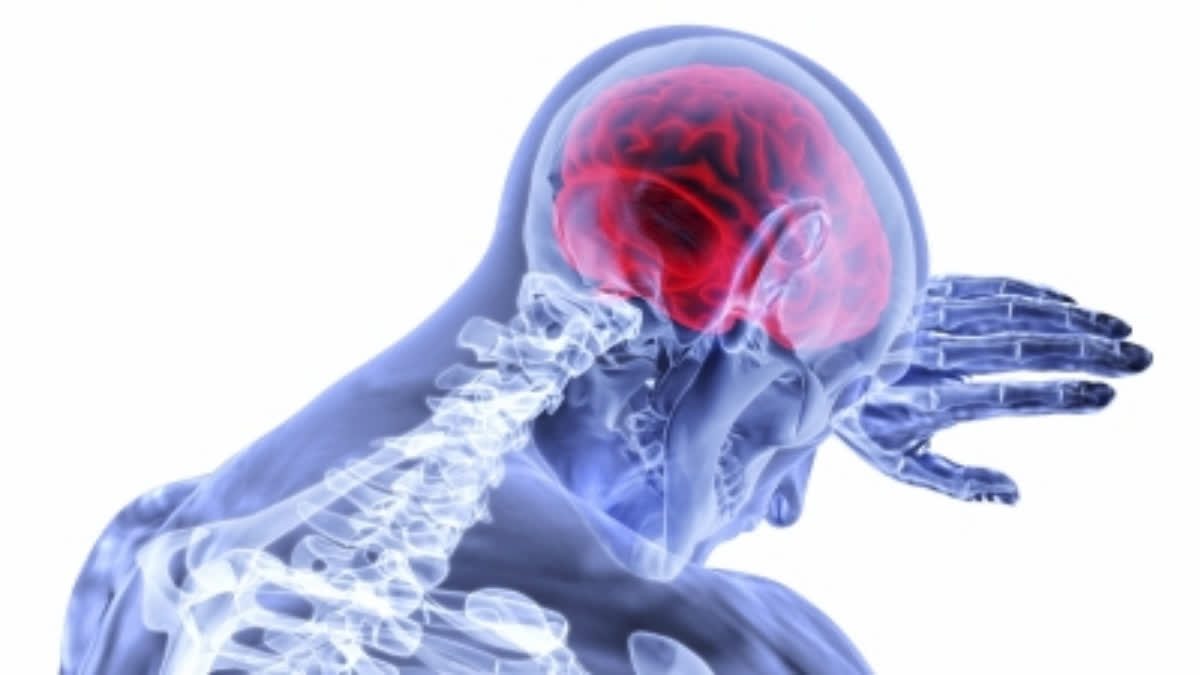London: UK researchers have developed a new way of identifying patients at risk of an irregular heartbeat, known as atrial fibrillation, that can raise odds of having a transient ischemic attack (TIA) or stroke by up to five times.
The team from the University of East Anglia found four specific factors that can predict which patients will have atrial fibrillation. These include older age, higher diastolic blood pressure and problems with both the coordination and function of the upper left chamber of the heart.
The team created an easy tool for doctors to use in practice to identify those at high risk, which will help diagnose and treat more patients, reducing their risk of future strokes. "Identifying who is at high risk and more likely to develop atrial fibrillation is very important,” said lead researcher Prof. Vassilios Vassiliou, from UEA's Norwich Medical School.
"This is because it requires specific treatment with anticoagulants, commonly known as blood thinners, to reduce the risk of future strokes,” Vassiliou said. To determine the cause of the stroke, Vassiliou explained that people often undergo multiple investigations like prolonged monitoring of the heart rhythm with a small implantable device called a loop recorder, and an ultrasound of the heart, called an echocardiogram.
In the study, published in the European Journal of Preventive Cardiology, the team collected data from 323 patients who had had a stroke with no cause identified known as Embolic Stroke of Undetermined Source. They analysed medical records as well as data from prolonged heart rhythm monitoring and also studied their echocardiograms.
Also read: Eight benefits of honey; Nature's golden elixir
"We determined how many of these patients were found to have atrial fibrillation up to three years following their stroke, and went on to perform a thorough assessment to identify if there are specific parameters that are connected with atrial fibrillation identification.
"We identified four parameters that were linked with the development of atrial fibrillation, which were consistently present in patients that had this arrhythmia. We then developed a model that can be used to predict who will show atrial fibrillation in the next three years, and is therefore at increased risk of another stroke in the future,” Vassiliou said.
"This is a very easy tool that any doctor can use in clinical practice And it can potentially help doctors provide more targeted and effective treatment to these patients, ultimately aiming to highlight the people at higher risk of this arrhythmia that can benefit from prolonged heart rhythm monitoring and earlier anticoagulation to prevent a future stroke," he added.
The study is also being presented at the European Society of Cardiology conference held in Amsterdam from August 25-28. (IANS)
Also read: 90% paper drinking straws harmful, not eco-friendly than plastic: Study



